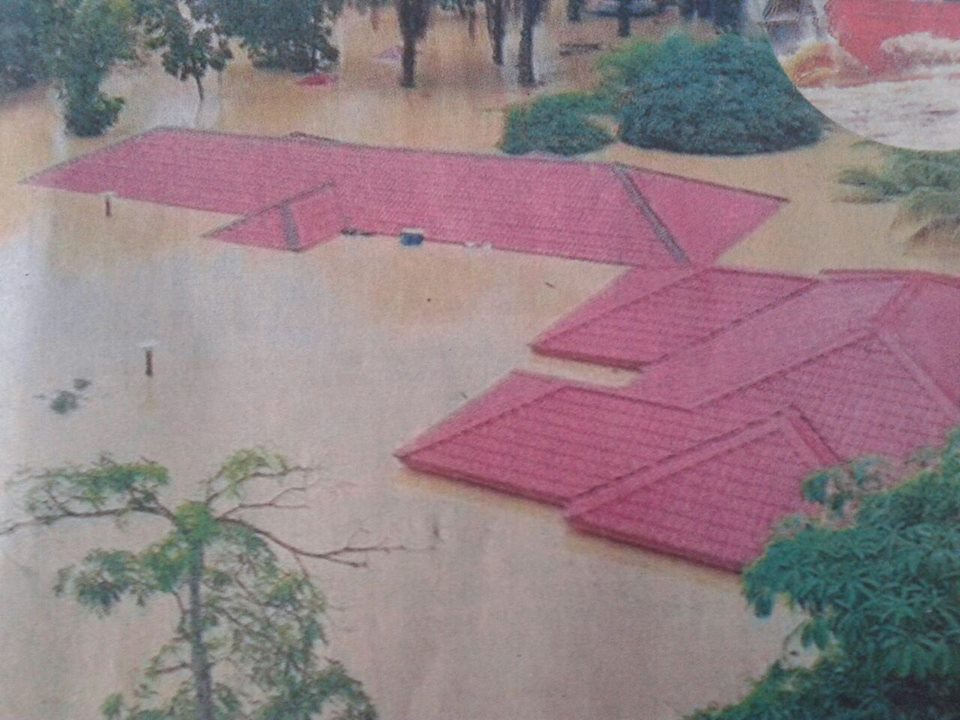In 1975, a tiny Terengganu island was the most populated place in the WORLD. How!?

- 411Shares
- Facebook358
- Twitter7
- LinkedIn12
- Email15
- WhatsApp19
In recent times, we’ve covered quite a bit on refugees: here’s a piece on Syrian refugees entering Malaysia, and here’s one on Rohingyan refugees. We’ve even done a piece on Malaysians being refugees somewhere else, but the point is, if you’re talking about a ‘refugee crisis‘ in Malaysia, you’d probably imagine these more recent cases.
However, perhaps many would not remember that in the 1970s, Malaysia, along with other neighboring countries, were part of one of the biggest refugee crises in history. The crisis saw as many as 2 million Vietnamese people leaving their country and seeking refuge in nearby countries, and in Malaysia, they were placed on an island called Pulau Bidong, in Terengganu.
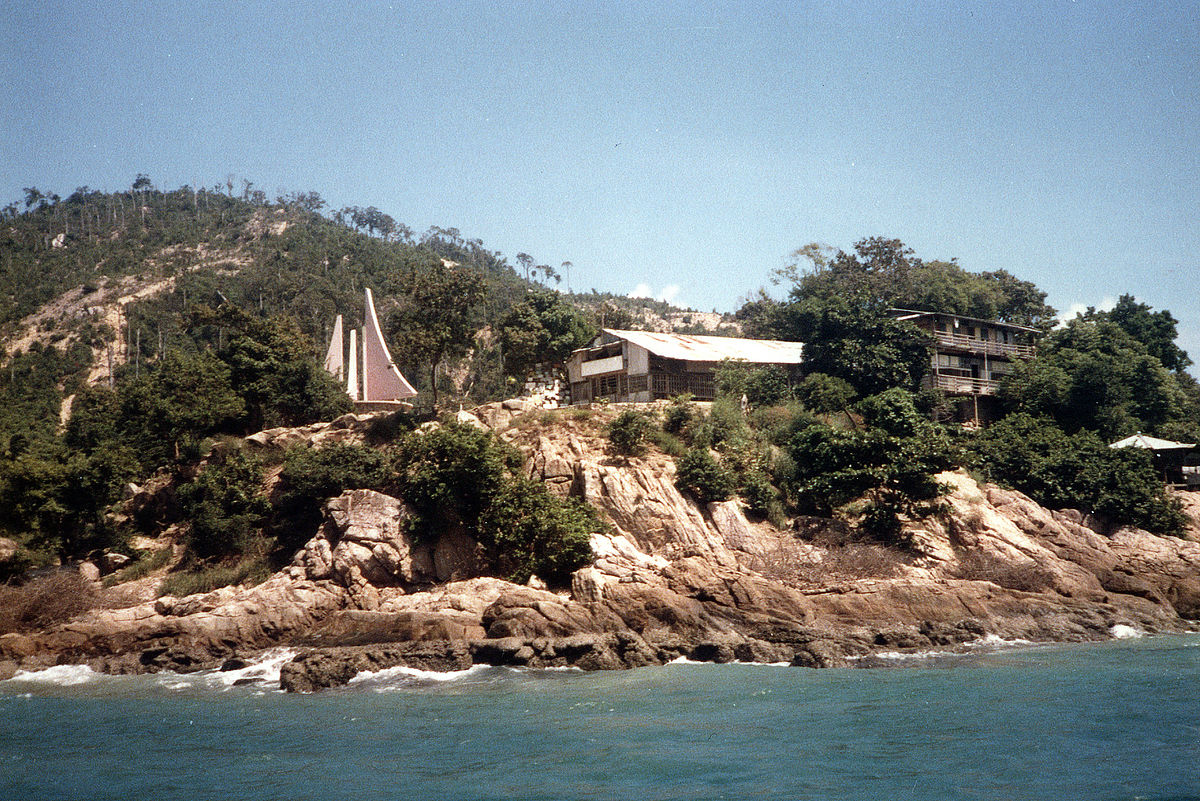
Due to the huge number of refugees coming to Malaysia, at one point Pulau Bidong was said to be the most populated place in the world, holding about 40,000 refugees packed together in a flat area about the size of a football field. We’ll be looking at the issue shortly, but first things first…
Why did the Vietnamese people have to leave Vietnam in the first place?
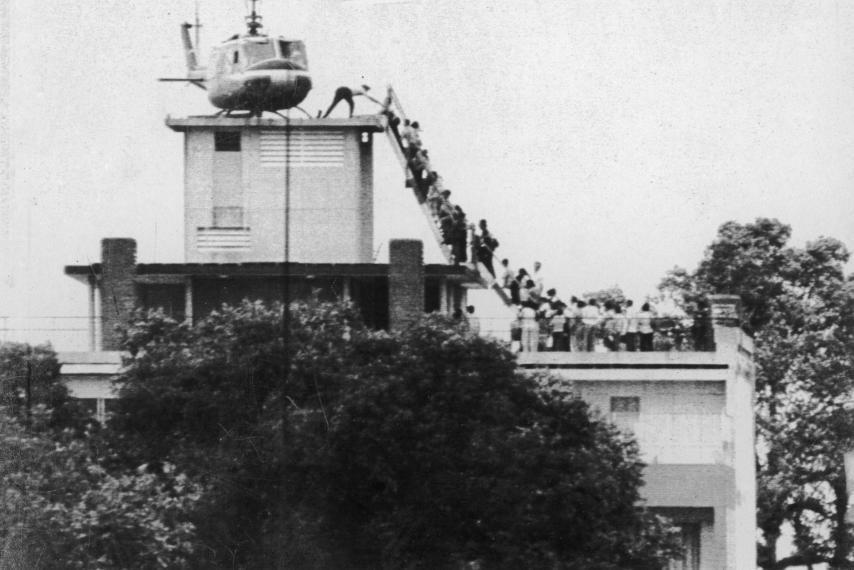
As with many refugees, the Vietnamese were displaced following the aftermath of the Vietnam War. To put it simply, there used to be two Vietnams: North Vietnam, which was aligned to communists, and South Vietnam, which was aligned to the Allied forces. The two sides were locked in war, until the North managed to capture Saigon (the South’s capital, now called Ho Chi Minh) in April 1975. The war practically ended then, but it marked the beginning of further conflicts, both within and with its neighbors.
The conflicts brought economic hardships and instability to the people of Vietnam, particularly those associated with the losing side. Some sources had estimated at as many as 300,000 of them were sent off to re-education camps, where they were tortured, starved, and forced to perform hard labor. Under such conditions, people scrambled to leave Vietnam, and they went out to sea in droves, hoping to find a better life somewhere else.

The journey was a hard one for many refugees. Often, they left Vietnam in overcrowded, derelict boats not meant for seafaring, and besides facing dehydration and starvation, the monsoon made their journey even more dangerous. Thai and Malay pirates were also constant threats to the refugees, often raping and kidnapping the female refugees they encounter, and stealing their possessions.
Even if they reached land, the local authorities would often deny them entry, pushing their boats back out to sea. Because of that, merchant ships who found them floating would often refuse to rescue them, as they feared that they won’t be able to unload them when they land.

It was a risky thing to do, but they were desperate, as recounted by former refugees and their children.
“My parents… were forced to leave because of all the hatred towards the Chinese people. The Chinese who did stay, were persecuted by the locals… along with their siblings [they] acquired a boat through a friend, a compass, and a map for their journey. [They] had no set destination in mind, just to flee and find freedom… They abandoned their house, belongings, mementos, and wedding photos in hope to flee the communist country.
They took only what was most important to them. The most valuable thing my mom brought with her was her diamond ring which my dad bought for her for their wedding.” – Excerpt from PulauBidong.
This incident became known as one of the world’s biggest humanitarian crises, and the Vietnamese refugees were known as the Vietnamese Boat People, or Orang Vietnam Hanyut (OVH) in Malaysia. But was the journey worth it? Well…
Some refugees found themselves a temporary haven on Pulau Bidong
Within days after Saigon fell, the first boat arrived on Malaysian shores in May 1975, carrying 47 refugees. But as the conflicts progressed in Vietnam, more and more refugees reached Malaysia. The locals (particularly in the East Coast) didn’t like that at all, to the point that some were attacking the incoming boats by throwing rocks at them. According to the video, part of the reason was that the refugees created a higher demand in food, driving prices up. Also, there was something about keeping the racial balance in Malaysia.
“In the fall of 1978 the number of refugee boats arriving from Vietnam in Malaysia, Indonesia and Hong Kong shot up. Over 100,000 people arrived in May and June 1979, flooding the refugee camps… The UN described the situation as the worst refugee crisis since the Second World War.” – Mike Molloy, an author of “Running on Empty: Canada and the Indochinese Refugees, 1975-1980“, taken from CBC.
To keep up with the influx, on the 8th of August 1978 the government established a temporary camp for them on Pulau Bidong. The island was designed to shelter 4,500 refugees, but by January 1979, a total of 18,000 refugees were housed there, and by June the number swelled to 40,000, making it the most heavily populated place on earth. These people were contained at a small camp on the south side of the island.

Leo Cherne, a visitor to the camp, had once described the place as ‘Hell Isle‘ based on his observations. The refugees lived in makeshift huts up to three stories high,and they don’t have proper toilets and fresh water (it had to be supplied from the mainland or dug from wells). Although there were enough doctors, there weren’t enough medicine to go around, so hepatitis was rampant. But it wasn’t all bad.
Based on accounts from a former refugee, the Malaysian government as well as volunteers had over time organized the island somewhat, and it had longhouses, schools, places of worship, and even a post office and coffee shops. Some enterprising refugees had set up small businesses like bakeries and tailor shops, and in the late 80s there was a musical stage, with regular performances by both the refugees and the volunteers.
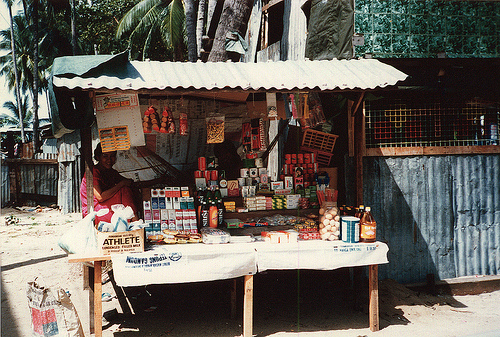
Peace was kept by the Malaysian Police Task Force, but the refugees can also appoint their own officials to help run the island. In their free time, the adults occupied themselves with vocational training, volunteering, hanging out at coffee shops (which sometimes played Indian and Chinese movies), soccer, and sepak raga (which they learned from the police), and there were mentions of chambers dug underground for when the adults… need some privacy.
The kids, on the other hand, were kept busy by school, church, temple, and Boy Scouts activities. Many of the blogs we’ve found spoke of their time on the island fondly, but in reality…
Their main concern was finding a permanent home, and it was not Malaysia
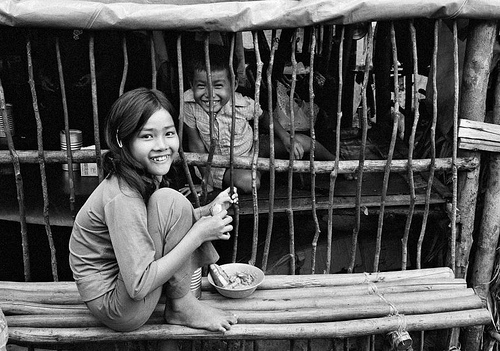
As we’ve said before, the Bidong camp was just a temporary thing until the world can figure out what to do with the refugees, but Malaysia did not plan to keep up with so many. In 1979, Tun Mahathir, who was the deputy Prime Minister back then, made a controversial statement saying that Malaysia would remove some 70,000 refugees from the camp and put them out to sea again, as well as shooting on sight any refugee boats attempting to land.
“Being humane has not paid off for us at all… All we are getting is a further inflow of Vietnamese illegal immigrants, and we have every right to expel them.” – Tun Mahathir, in 1979, as reported by the New York Times.
While the government had later clarified that they won’t literally shoot the refugees (Tun M said ‘shoo’ the refugees, not ‘shoot’), they have admitted in June that they had towed out more than 40,000 refugees since January that year. There was a fear among Malaysia and other countries where the refugees first landed (called a ‘first asylum‘) that the refugees would be here for always, so such drastic measures were taken.
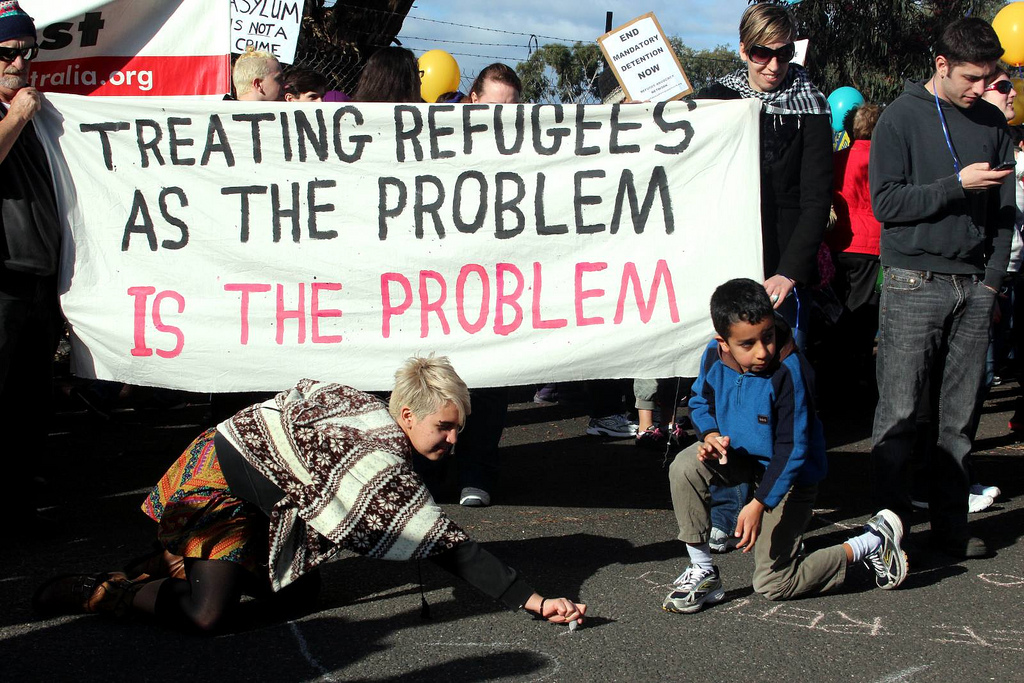
Following reports of these things happening, the Western countries finally agreed in July 1979 to increase the number of refugees they will accept per year for resettlement, to give out more funds to help these refugees, and to help in processing their resettlement. To that end, officials from Europe, the US, Australia and Canada came to refugee camps in Southeast Asia to interview refugees and bring the lucky ones back to their countries, and little by little the number of refugees lessened.
Pulau Bidong was eventually shut down as a refugee camp in October 1991, and the remaining refugees were moved to the Sungai Besi Refugee Center in Kuala Lumpur, where they were either eventually resettled or repatriated back to Vietnam. While the last Vietnamese refugee left Malaysia on Aug 30, 2005…
Decades after the island was closed, former refugees keep coming back

If you are to go to Pulau Bidong today, you will find that part of it had become Universiti Malaysia Terengganu’s (UMT) maritime research center. You can also find some old buildings and cemeteries, remnants of the refugees that once stayed there. But even though there used to be so much on the island, practically everything had rotted away or were vandalized. Which is a shame, because people (both tourists and those connected to the refugees) still come and visit the ruins and cemeteries to this very day.
Early last year, Pulau Bidong was opened to the public, but only for day visits. But the prospect of tourism had been promising. Up until last month, almost 5,000 people had visited the island, and some of them include former refugees or their children. Often, they would visit the graveyards found on Pulau Bidong, which have been maintained by the Archive of Vietnamese Boat People, with money contributed by ethnic Vietnamese around the world.
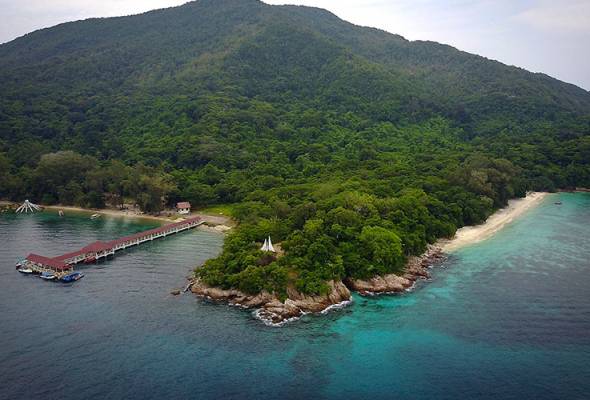
This is perhaps why the Terengganu MB, Dr Ahmad Samsuri Mokhtar, had recently said that the state government is committed to develop Pulau Bidong as a historical tourism site.
“Every year, they (the Vietnamese) will come here to visit the graves of their ancestors, and recently we found out that there are requests to hold weddings here… even though they have become successful people in the fields of politics and economy, they have a very high sentimental attachment to Pulau Bidong,” – Dr Ahmad Samsuri Mokhtar, translated from Astro Awani.
As for what they will be doing, at the time of writing there were several proposals by the state museum on what will be done, but the first thing will be to allocate some funds to repair the amenities on the island and clean it up a bit, after Terengganu receives its petroleum royalty from the federal government in September.
While no other major development is planned for the island at the moment, it’s nice to know for now that the historical value of the island did not go unnoticed by the authorities.
- 411Shares
- Facebook358
- Twitter7
- LinkedIn12
- Email15
- WhatsApp19

